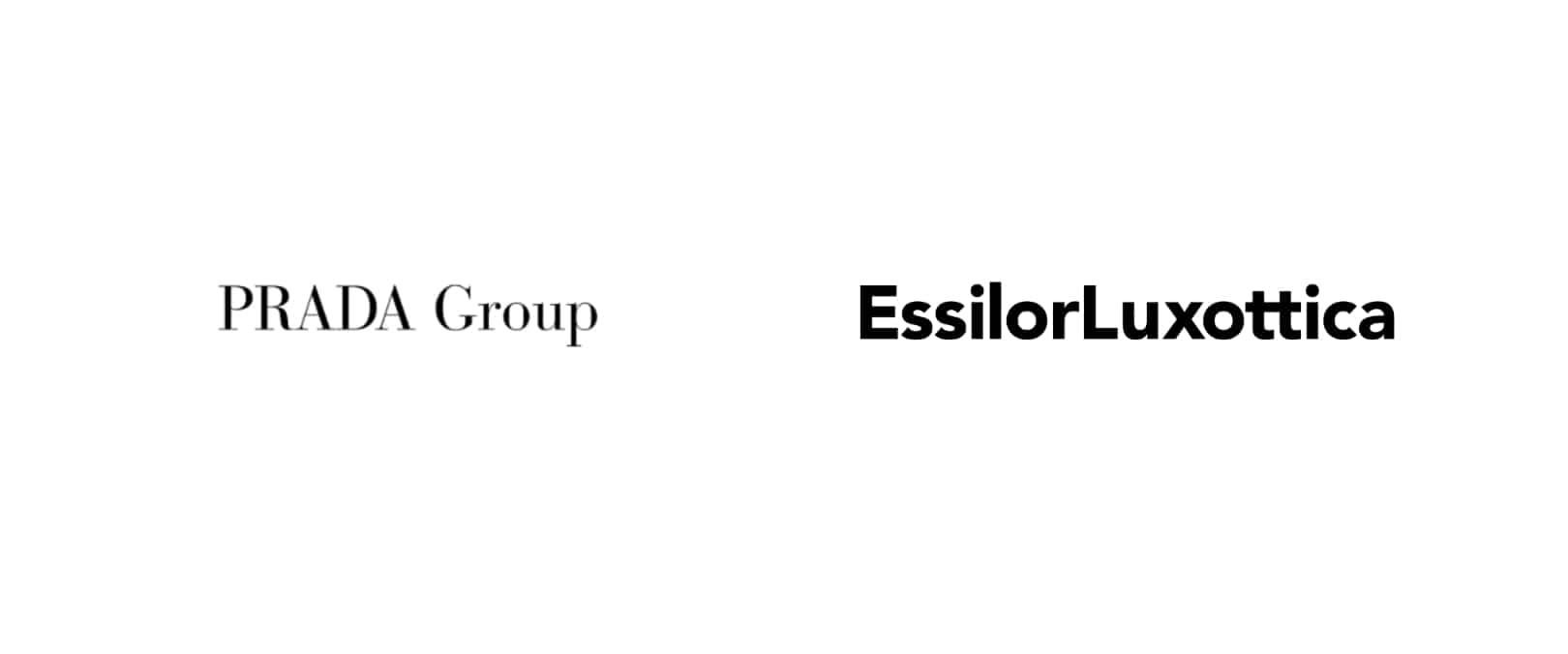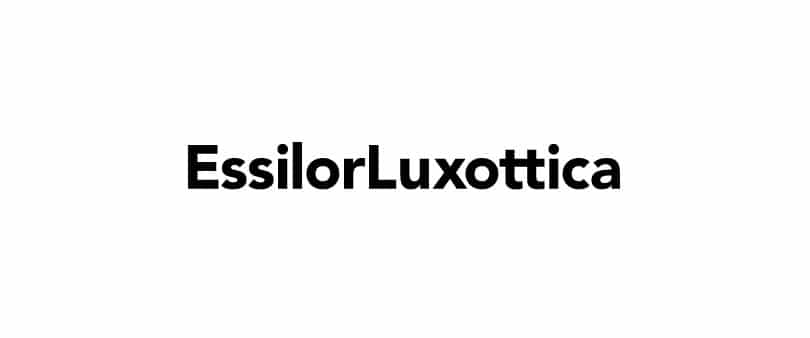AMD Before and After Anti-VEGF Drugs
Wednesday, May 18 2016 | 00 h 00 min | Vision Science
A new study funded by the National Eye Institute finds that anti-VEGF treatments have greatly improved the prognosis for patients with AMD.
This study followed up with participants from the Comparison of AMD Treatments Trials (CATT) five years after the initial trial. 50 percent of patients who received anti-VEGF treatments had 20/40 vision or better, 20 percent had 20/200 vision or worse, while the rest were in between. This is a large improvement over photodynamic therapy, the best available treatment from ten years ago, where less than 15 percent of patients retain 20/40 vision.
The trial also compared outcomes for patients receiving different anti-VEGF treatments, ranibizumab (Lucentis) and bevacizumab (Avastin). Treatment with ranibizumab is approximately $1,575 per month in Canada, while bevacizumab costs around $7 per month.
“Some experts had speculated that two years of treatment with ranibizumab might have long-term benefits superior to bevacizumab. However, at five years, there were no differences in visual acuity between the two drugs,” said Daniel F. Martin, M.D., chair of the Cleveland Clinic Cole Eye Institute and CATT study chair.
Full paper available here.





